Mole Verde Recipe: The Vibrant Secret Sauce of Global Spice Traditions
Introduction: What is Mole Verde Anyway?
Mole verde might not be as famous as its darker cousin, mole negro, but don't let that fool you — this vibrant green sauce packs a flavor punch and centuries of spice tradition from Mexico. In fact, mole verde isn't just a sauce; it's a cultural tapestry woven with chili peppers, herbs, nuts, and spices passed down through generations.
In this post, we're diving deep into the world of mole verde, giving you everything from easy-to-follow recipes to pro-level tips for spicing up your dishes using global spice traditions. Whether you're a home cook or a seasoned chef, you'll find something useful (and delicious) here.
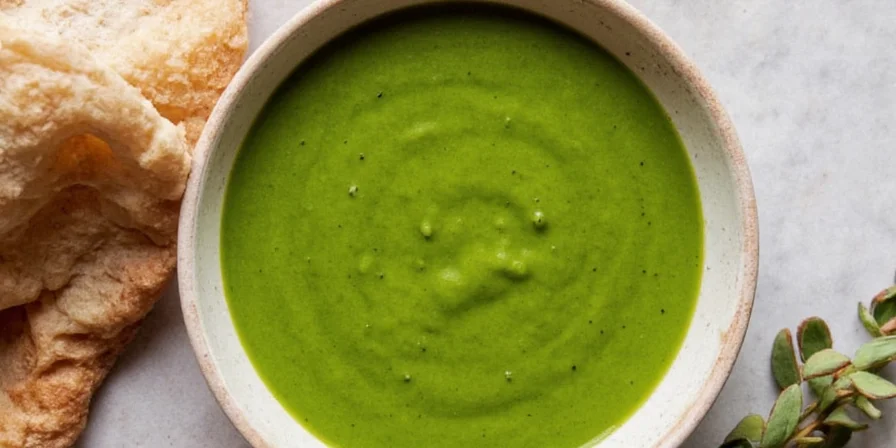
The Global Spice Connection: Where Does Mole Verde Fit In?
Mole verde is part of the broader family of mole sauces, which span across Latin America. But unlike other moles that rely on dried chilies and chocolate, mole verde gets its distinctive hue and flavor from fresh green ingredients like tomatillos, poblano peppers, and pumpkin seeds.
Here's how mole verde compares to other global mole styles:
| Type of Mole | Main Ingredients | Spice Level | Origin |
|---|---|---|---|
| Mole Verde | Tomatillos, poblano peppers, pepitas | Mild to medium | Oaxaca & Central Mexico |
| Mole Negro | Dried chilies, chocolate, spices | Medium to hot | Oaxaca |
| Mole Poblano | Chili ancho, almonds, raisins | Medium | Puebla |
Mole Verde Recipe: Step-by-Step Guide
This version of mole verde is a perfect blend of creamy texture and earthy spice notes. It's great over chicken, turkey, or even tofu for a vegetarian option.
Ingredients You’ll Need
- 6 tomatillos, husked and rinsed
- 3 poblano peppers
- 1 onion, chopped
- 2 garlic cloves
- 1/2 cup pepitas (pumpkin seeds)
- 1/4 cup almonds
- 1 jalapeño (optional, for heat)
- 1 cup fresh cilantro
- 1 tbsp ground coriander
- 1 tsp ground cinnamon
- 1 tsp dried thyme
- Salt to taste
- 2 cups chicken or vegetable broth
Instructions
- Roast the poblano peppers over an open flame until blistered. Place in a bag to steam, then peel and remove seeds.
- In a large pot, sauté onions and garlic until golden. Add chopped tomatillos and cook until softened.
- Add roasted poblanos and remaining vegetables to a blender. Blend until smooth.
- Toasted pepitas and almonds in a dry skillet until fragrant. Add to the blender along with spices and herbs.
- Pour the blended mixture back into the pot and add broth. Simmer for 20 minutes, stirring occasionally.
- Season with salt and adjust consistency if needed by adding more broth or simmering longer.
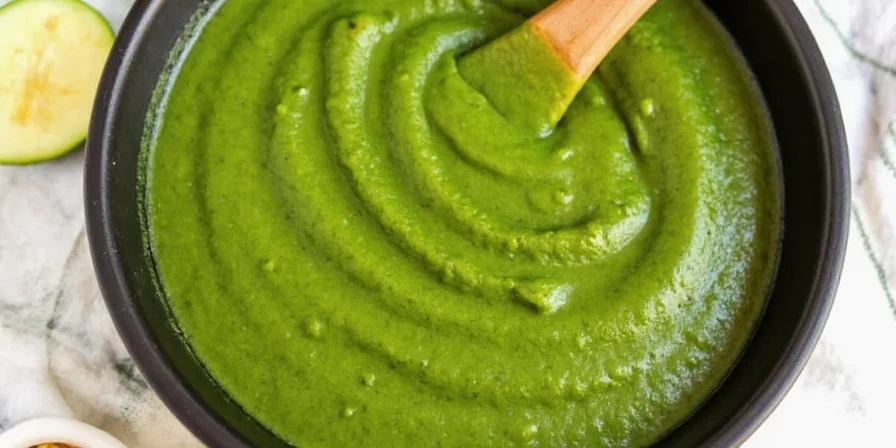
Pro Tips for Perfecting Your Mole Verde
Want to take your mole verde from “pretty good” to “OMG, what’s in this?!” Here are some expert tricks and insights based on traditional spice knowledge and modern techniques:
Tip #1: Toast Your Nuts and Seeds Like a Pro
Don’t skip toasting! Dry-roasting pepitas and almonds brings out their natural oils and enhances the nutty base of the sauce. Just keep an eye on them — they can go from golden to burnt in seconds.
Tip #2: Play with Heat Levels
Mole verde doesn’t have to be mild. Swap in serranos or habaneros for jalapeños to crank up the heat. Or go the opposite route and use only bell peppers for a completely mild dish.
Tip #3: Balance with Acid
If your mole verde tastes flat, try a splash of lime juice or apple cider vinegar. Tomatillos bring acidity, but sometimes a little extra zing makes all the difference.
Tip #4: Use Fresh Herbs Whenever Possible
Frozen or dried herbs can work in a pinch, but nothing beats the brightness of fresh cilantro and epazote (if available). They give mole verde its signature herbal freshness.
Tip #5: Make It Ahead
Like most complex sauces, mole verde improves overnight. The flavors meld together beautifully when allowed to rest. Store it in the fridge for up to 3 days or freeze for later!
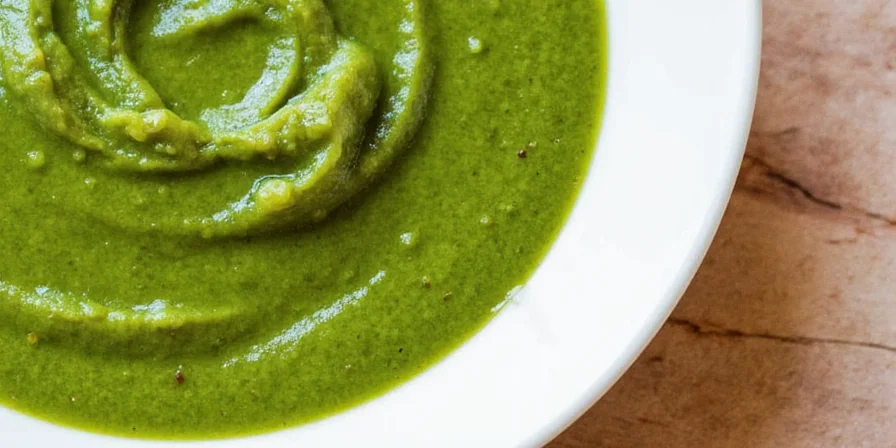
Cultural Insights: The Role of Spices in Mole Verde
While mole verde doesn't contain exotic spices like cumin or cardamom, it does feature traditional elements that connect it to global spice traditions. Coriander, cinnamon, and thyme may seem familiar to many cooks, but in the context of Mexican cuisine, they play a nuanced role:
- Coriander: Often used in Latin American moles, it adds a citrusy warmth that complements green chilies.
- Cinnamon: Though typically associated with desserts, in mole sauces, it adds a subtle depth and sweetness.
- Thyme: Brings an earthy note that balances the vegetal flavors of tomatillos and peppers.
Common Mistakes to Avoid When Making Mole Verde
Even seasoned cooks can fall into these mole-making traps. Here's what to watch out for:
| Mistake | Why It Matters | How to Fix It |
|---|---|---|
| Using unripe tomatillos | They can be overly acidic and bitter | Select firm, yellow tomatillos for best flavor |
| Over-blending | Can lead to a gritty texture | Use a high-powered blender and strain if needed |
| Not balancing flavors | Leads to one-note sauce | Taste as you go and adjust acid, salt, and spice levels |
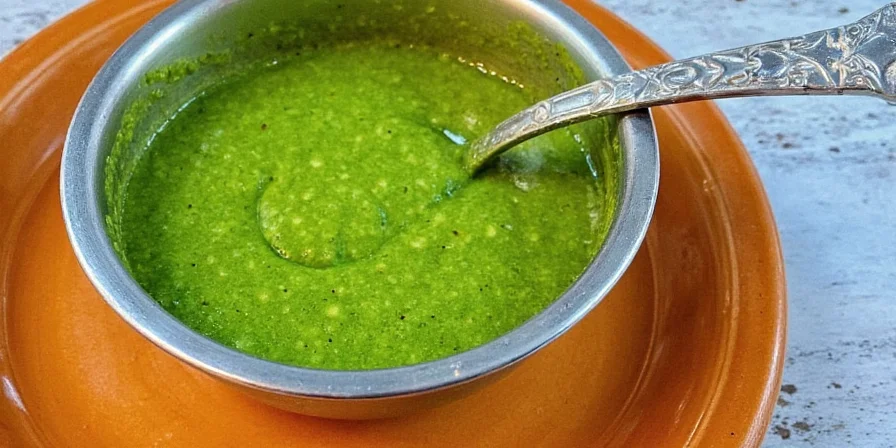
Variations Around the World: Mole Verde Inspired Dishes
Though mole verde is rooted in Mexican culture, similar green sauces exist in other cuisines. Try experimenting with global twists:
- Thai-Inspired Mole Verde: Add lemongrass, kaffir lime leaves, and Thai basil for an aromatic kick.
- Mediterranean Mole Verde: Replace pepitas with pine nuts and add parsley and mint for a fresher flavor.
- Peruvian Mole Verde: Swap in ají amarillo paste and add a dash of soy sauce for a Nikkei-inspired twist.
Final Thoughts: Why Mole Verde Deserves a Spot on Your Table
Mole verde isn’t just a sauce — it’s a celebration of color, culture, and complexity. Whether you’re exploring global spice traditions or looking for a flavorful way to upgrade your weeknight dinner, mole verde has got your back.
So grab your blender, roast those peppers, and get ready to impress with a vibrant, herbaceous sauce that’s as rich in history as it is in flavor. Happy cooking!

Conclusion: Mastering Mole Verde — A Flavorful Journey
In this post, we explored the vibrant world of mole verde — a lesser-known but incredibly versatile sauce rooted in global spice traditions. We provided a clear recipe, essential tips for perfecting your batch, and insights into how mole verde fits into the broader culinary landscape.
Whether you're new to mole or a seasoned spice lover, mole verde offers a fantastic opportunity to experiment with fresh ingredients, balance complex flavors, and connect with centuries-old traditions. So next time you're thinking about dinner ideas, remember that green is the new black when it comes to mole sauces.
Keep exploring, keep blending, and most importantly — keep seasoning!

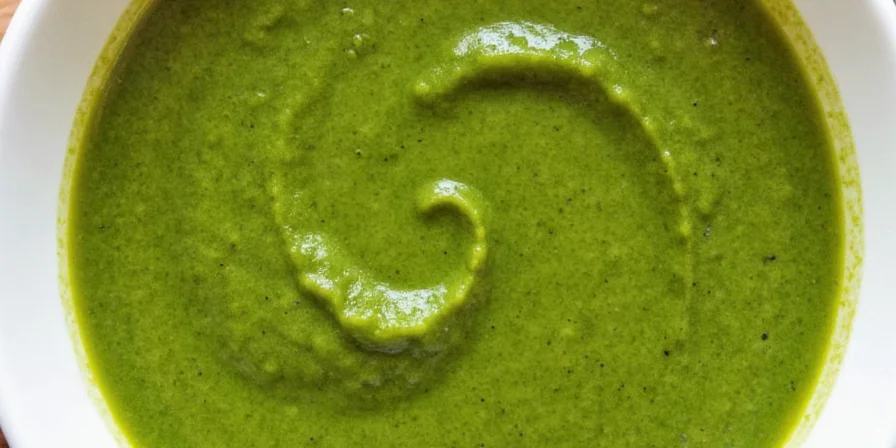









 浙公网安备
33010002000092号
浙公网安备
33010002000092号 浙B2-20120091-4
浙B2-20120091-4